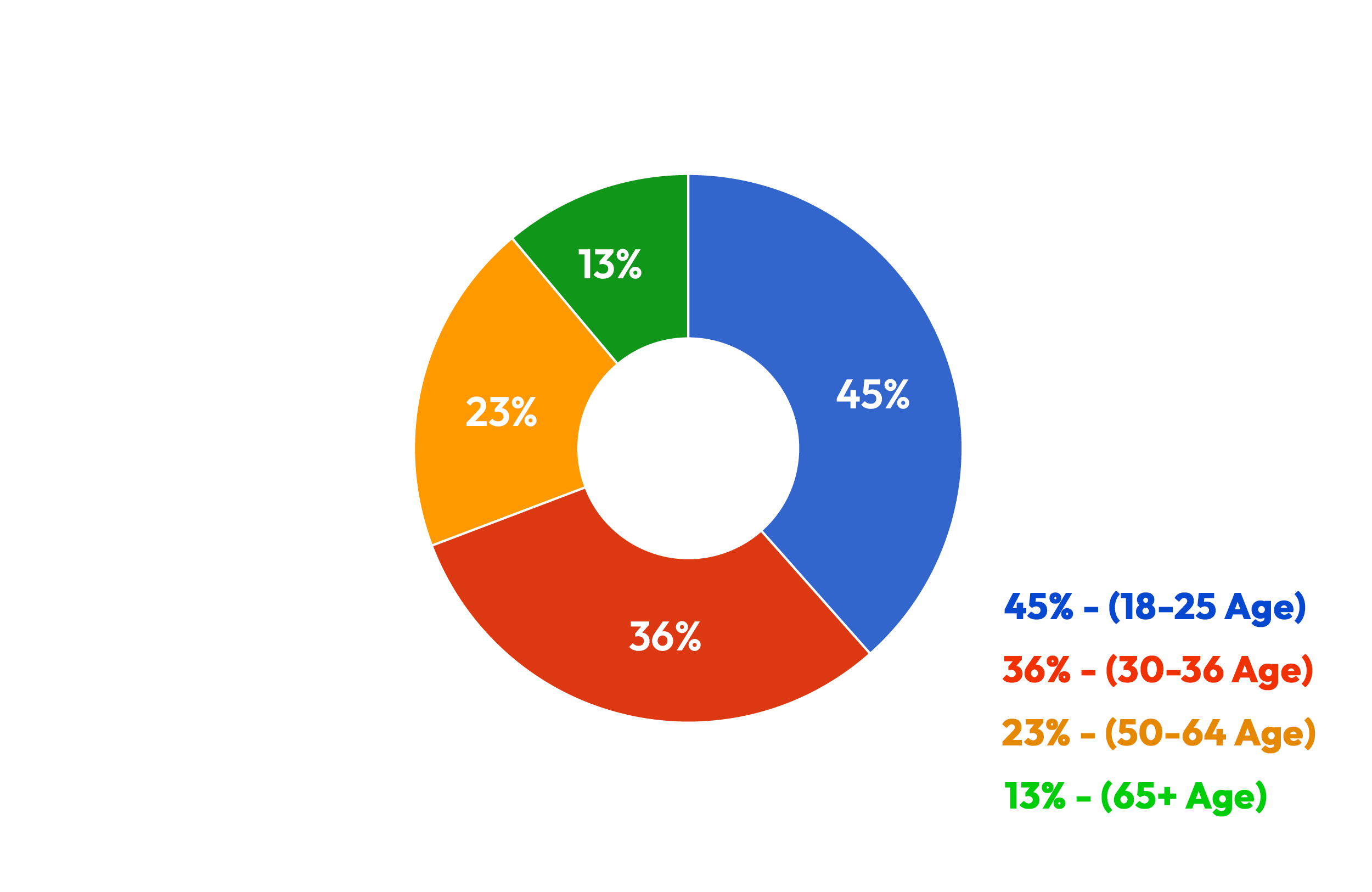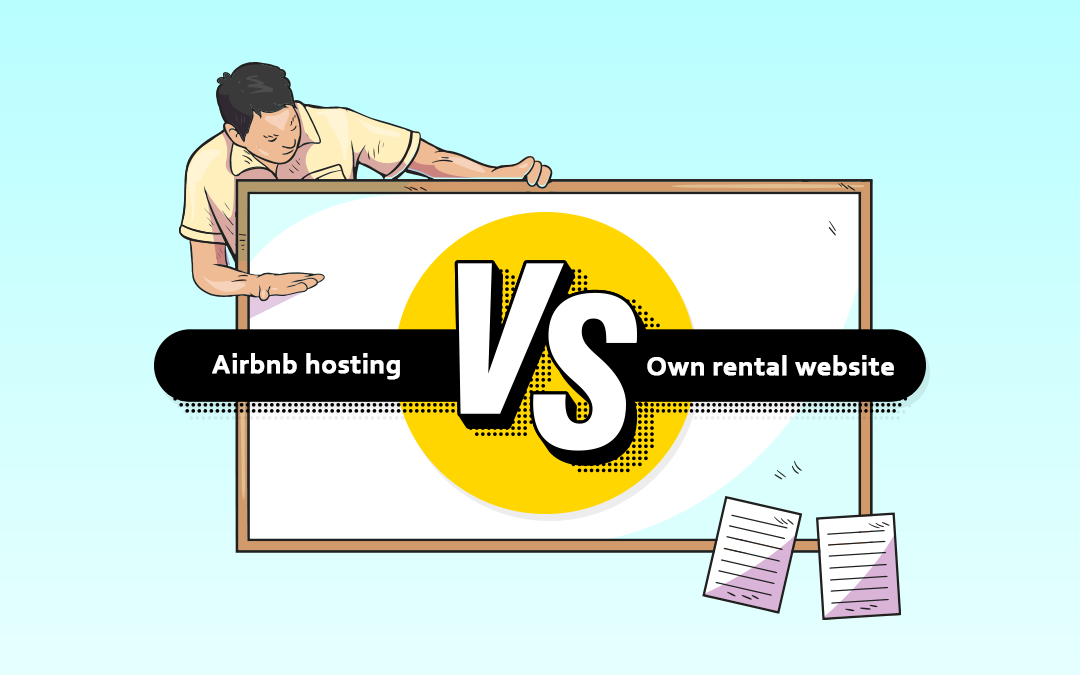
Ridesharing Industry statistics - Market Scenario and Growth
This blog deals with the real-time statistics of the Ridesharing industry and the future expectation for this niche.
The Ridesharing industry has come a long way in a short period. It was only a decade ago that the first Ridesharing service, Uber, was founded.
Since then, the industry has rapidly expanded, and now many new companies have their presence in more than 700 cities worldwide.
This blog post will look at some of the most compelling statistics and market data for the Taxi business industry to give entrepreneurs an overview of this growing market.
What is a Ridesharing business?
The Ridesharing business is a cab service platform in which the driver and rider interconnect with an app. It has now evolved to meet the requirements of the digital transition.
The user can access the cab all at once by using a mobile phone and an app. With access to a car, the driver can empower themselves.
Uber, the pioneer of Ride-sharing, has completely changed the reality of the industries through their innovation.
The growth has been exponential in the last decades, outstretched the concept of taxi booking. Following Uber, Lyft is one of the most formidable competitors, with a 30% market share in the US.
Increasing penetration of mobile phones
The availability of mobile phones and the internet availability to the world has created a demand for the application platform.
People tend to have the mentality of seeking an instant solution to their needs. Thus, it urges every business to serve their user with an app-based platform.
Mobile phones set off our daily essentials. From consuming entertainment to information we need, we depend on mobile phones.
In 2021, there were 4.8 billion internet users worldwide, and the number would like to rise to 5.6 billion by 2025.

In Canada, approximately 93% of the population were active internet users. However, Bahrain surpassed Canada with over 98% internet users.
The percentages differ from one country to the next.
Hence people were more accustomed to it, and demand would continue to rise without any dip.
Move on to the next section ⏬
Major contributors to the Ridesharing business
Before the existence of Uber, we went on waving our hands to taxi drivers or hailing a cab by phone calls. Yes, that is the traditional way we follow without having any second choice.
Uber was founded in 2009 by Garrett Camp and Travis Kalanick, and after a two-year wait, they launched their mobile app in 2011, following a beta launch in 2010.
There it all started, they had changed how the Taxi business works, from the old way to a modernized one.
And we have witnessed the revolution 💯
Like every other business in the initial stage, Uber finds it difficult to drive more users to the app. Soon they found a way out.
No worries, we are not getting into that.
Uber had 70% of the market share in the US, and Lyft held second place with the remaining market share.
Uber reported $8.3 billion in revenue growth in Q3 of 2022, representing a 72% increase over the previous year.
On the same edge, Lyft is a sharing economy service provider that offers Ridesharing, bike-sharing, food delivery, and other services.
As of 2022, Lyft remains the second largest provider in the US.
And reported Q3 revenue of $1.05 billion in 2022, up 22 percent in the third quarter of 2021.
Are you looking for a tech partner?
Get 30-min interactive session to discuss your queries, get a product demo, and more!
Why Ride-sharing becomes essential
It's natural for people to prefer quick fixes over time-consuming ones 😇
Ride-sharing altered how people got around and accustomed users to the new normal.
An app-based platform enhances the user booking experience and gives the collection of the driver for a ride.
One-third of the American population uses online taxis to get around. Furthermore, users are segmented based on their age, income, and place of residence.

45% of adults who are in the age category of 18-25 have used raid-sharing services. Whereas the 30-36 age group contributes 36%, the 50-64 age group contributes 23% and the least 13% where senior citizens come in.
It shows that (the 18-25) category people were more engaged in this service than any other category.
Sure, raid-hailing industries have innovated the accessibility of transportation to people and its growth towards success.
When comparing urban and rural people, urban people well adapted to this mutation.
People increasingly rely on online taxis to get from one location to another.
With the ease of booking via mobile apps, big players like Uber and Lyft made it effortless for us.
The supremacy of an app-based platform includes affordable doorstep pick-up and drops, complete details of drivers, a ratings & review system, and a convenient booking method.
These are all combined to make a significant difference over the traditional method.
What Does the Future Hold?
The preference for owning a personal car is declining, while at the same corner, demand for online Ridesharing is surging. All the statistics mentioned above assure the positive growth of this industry.
The statistics listed below can help you forecast the future of the ridesharing industry.
By 2026, the global Ridesharing market is projected to reach a valuation of $185.1 billion.
The number of Taxi users is expected to reach 97.2 million by 2026, according to Statista.
And the average revenue per user in the United States is expected to be $0.66k.
Because of the influx of new companies entering the market worldwide, traditional taxi companies and modern ride-hailing services are competing fiercely.
Ride-hailing companies are shifting away from traditional taxi services and toward services that can be booked through apps, making the process more transparent for customers than ever before.
Massive investments by automakers in ride-hailing services fuel the segment's growth even further.
At last, we have made it through to the conclusion of this blog 🥳
Final words
The ridesharing industry is rapidly expanding and is expected to skyrocket. This expansion can be attributed to a variety of factors, including increased urbanization, technological advancements, and increased demand for on-demand services.
If you want to work in this industry, now is the time to do it. Our expert team can assist you in developing a successful taxi booking app that meets the needs of your customers.
What makes working with us so unique?
We had a readymade Taxi booking app called Wooberly, which helps entrepreneurs to launch their mobile app in one go.
We used lightning-fast Flutter technology that ensures a quick launch and 100% customization.
Within a short time frame, you can serve your user with a mobile app.
Another noteworthy feature of Flutter is its single code base, which empowers developers to write a single code for Android and iOS apps.
Therefore, it reduces development costs and time.
I hope this blog has quenched your educational thirst for knowing the Taxi booking business.
If you have any further queries on the development, kindly email us at [email protected] or ping us on WhatsApp.
See you all in another blog.






